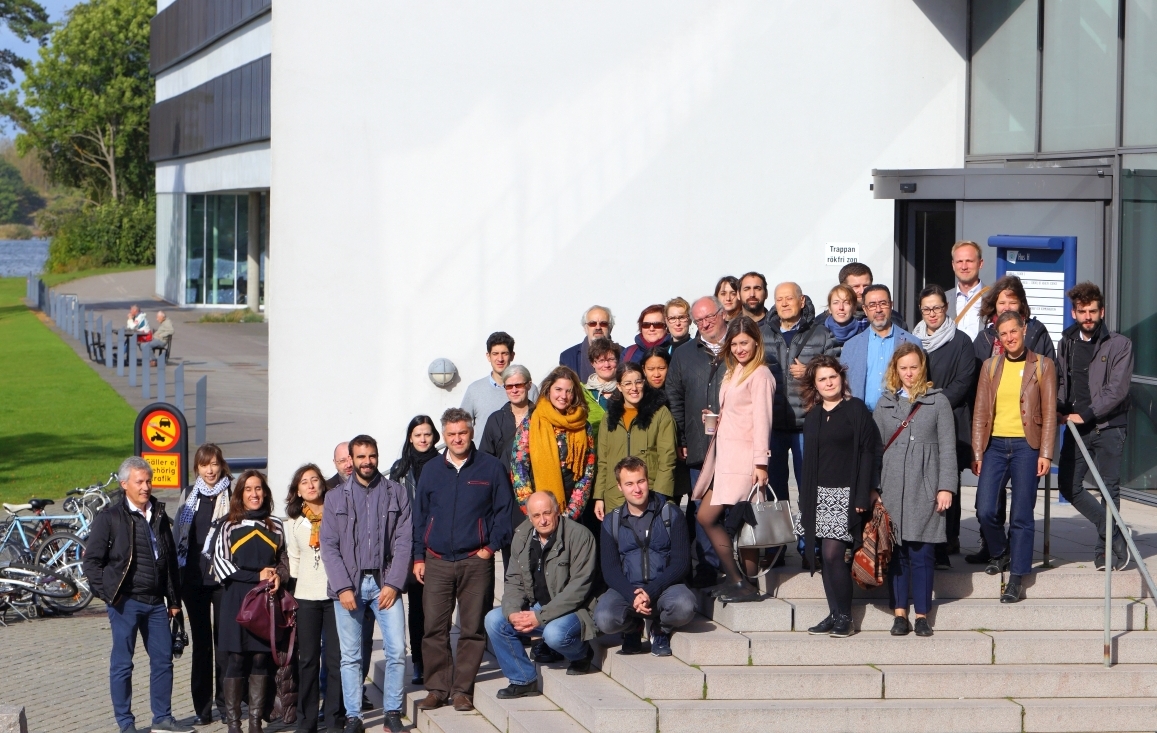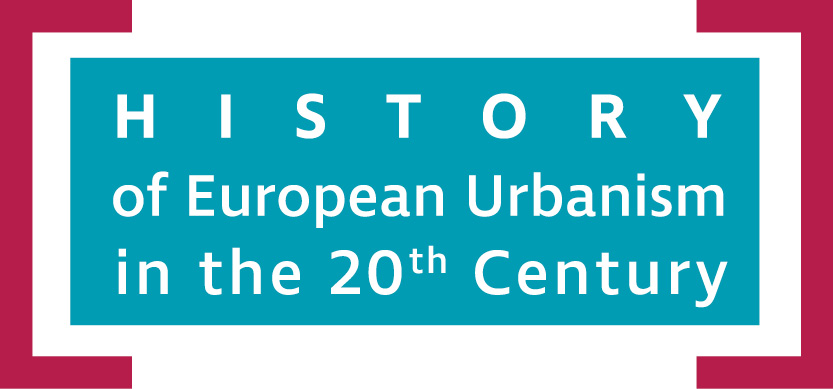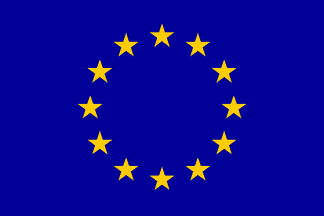Secondment to Dresden Jan – March 2018
Contact: azmah.arzmi@uni-weimar.de
Education: Masters in Architecture (M.Sc.), University of Kent
Supervision: M. Welch Guerra (BUW), M. Spurný (UPJŠ)
Research Project: Central planned economies and weak urban planning. Explaining a paradox in the European countries of state socialism.
Objective: This IRP aims to provide an analysis of the relationship between urbanism and dominant steering mechanisms in two state socialist nations with divergent political approaches. The Soviet Union and – in the second half of the 20th century – the countries in Central, Eastern and South Eastern Europe applied urbanism as an important instrument for the implementation of development strategies. Although there were regional differences (e.g. between Czechoslovakia and the Soviet Union), the centrally planned economies went generally along weak urban planning.
«With land nationalization and restriction of private land ownership, it may be tempting to assume that the countries of centrally-planned economy would be better in urban planning. However, in the former socialist states of Central and East Europe, urban planning has always been subjugated to heavy industrialization and other aspects of sectoral plannings. Thus, I intend to use this paradox as an initial idea to explore further and do a comparative study between the GDR and Czechoslovakia of its different historical phases, political processes and other factors that formed the cities of its time.”



























